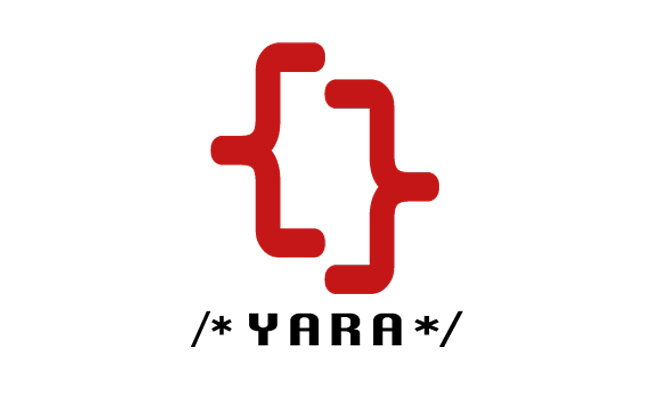
What is YARA?
YARA is an open-source tool developed by Victor Alvarez that is used to identify and categorize malware based on patterns and rules. It allows security researchers and analysts to create custom rules using a specific syntax to detect specific malware samples. These rules can be based on strings, regular expressions, or binary patterns. YARA can also be used to scan memory, files, or even network traffic.
How Does YARA Work?
YARA works by scanning a target file or memory for patterns that match the rules in its database. These rules are created using a specific syntax that specifies the pattern or characteristic of a malware sample. The syntax used in YARA rules is similar to regular expressions and allows for the creation of complex rules that can identify specific malware families, variants, or behaviors.
Once the YARA rules are created, they need to be compiled using the YARA compiler to create a database of signatures that can be used to scan for malware. The compiled YARA rules can then be used to scan files, directories, or even entire systems for signs of malware. The results of the YARA scan can be analyzed to identify any malware that was detected.
Example of YARA in Action
Let’s take a look at an example of how YARA can be used to detect a specific malware family. In this example, we will create a YARA rule to detect the “Mirai” malware family.
The Mirai malware family is known for infecting Internet of Things (IoT) devices and using them for distributed denial-of-service (DDoS) attacks. It is a botnet that uses a specific set of binaries and a unique network protocol to communicate with its command-and-control (C&C) server.
To create a YARA rule to detect the Mirai malware family, we need to identify some unique characteristics of the malware. In this case, we can use the following:
- The malware contains a specific set of binary strings that are unique to the Mirai family.
- The malware uses a specific network protocol to communicate with its C&C server.
Using these characteristics, we can create a YARA rule that looks for these specific strings and network protocol. Here is an example YARA rule to detect the Mirai malware family:
rule Mirai
{
strings:
$string1 = { 6A 14 68 00 30 00 00 68 00 00 40 06 6A 04 50 E8 }
$string2 = { 00 00 00 00 00 00 00 00 00 00 00 00 00 00 00 00 }
$string3 = { 00 02 }
condition:
all of them
}
This YARA rule looks for three specific strings that are unique to the Mirai malware family. The first string is a specific set of binary strings that are found in the Mirai malware. The second string is a set of null bytes that are used as a filler in the malware. The third string is the network protocol used by Mirai to communicate with its C&C server.
Conclusion
YARA is a powerful tool for malware analysis that allows security researchers and analysts to